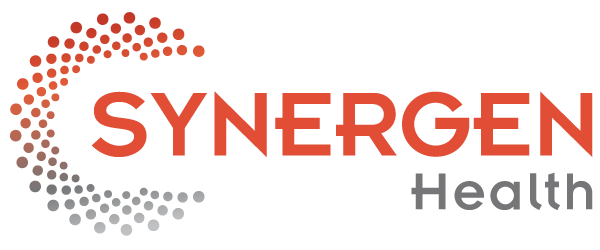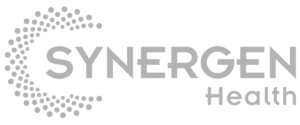According to a survey by Black Book, it takes 70% of health care providers one month or longer to receive full reimbursement from a patient.
Cost of care can have a considerable financial impact on both the patient and provider. As patient costs remain high, it is essential for the financial stability of health care providers to effectively address costs early on in the patient collection workflow. In fact, hospitals only collect 15.5% of bills owed by insured patients nationally, and the process of being reimbursed for the full amount can take months.
Providers can manage financial risk and meet the needs of a consumer-centric health environment by implementing a reimbursement strategy that assists patients with making informed cost decisions pre-visit and simplifying post-care billing processes. Here’s how:
Pre-Visit
Before making a major purchase, most people ensure they have the financial insights, including total or estimated costs and thorough price comparisons, to make the best financial decision. As 30% of the average health care bill is paid for out-of-pocket, care plans are becoming one of the largest household expenses. By including pre-care cost estimates in their reimbursement workflows, providers can remain aware of any necessary assistance needed, including payment plans before services are performed.
While there are certain medical situations when additional costs could be applied during treatment, more than 90% of patients agree it is important to know their payment responsibility upfront, according to a TransUnion study. This engagement early on can increase point-of-service reimbursements and can ultimately reduce the bad debt associated with write-offs for patient balances.
By utilizing a pre-care cost estimate solutions, practices can minimize claim denials by obtaining medical eligibility verification, co-pay information and deductible data and, come up with a strategy to address the financial aspect of a patient visit prior to the appointment.
Post Care
As about 54% of insured patients are both willing and able to pay out-of-pocket medical expenses of over $500 a year, it is important to tailor workflows that not only focus on higher point of service (POS) reimbursement rates, but simplify the billing process. Providers must continue to engage and encourage patient reimbursements following their care by offering patients the ease and flexibility to pay from multiple payment channels.
Utilizing a secure, convenient online portal, like SYNERGEN Pay, providers can streamline reimbursement processes for office administrators and patients. Offering secure patient communications, the ability to create clear and easy to understand statements and automated payment plans, providers can reduce their aging accounts receivable.
Through eliminating the surprise of care costs, providers can create a patient reimbursement process that is built on mutual engagement. Developing and implementing a robust reimbursement strategy that addresses challenges throughout the patient care process, from pre-visit to post-care, can mitigate the risk of aging accounts receivable. By providing patients with pre-care cost estimates, providers can leverage the opportunity to manage risk while improving the patient financial experience.


